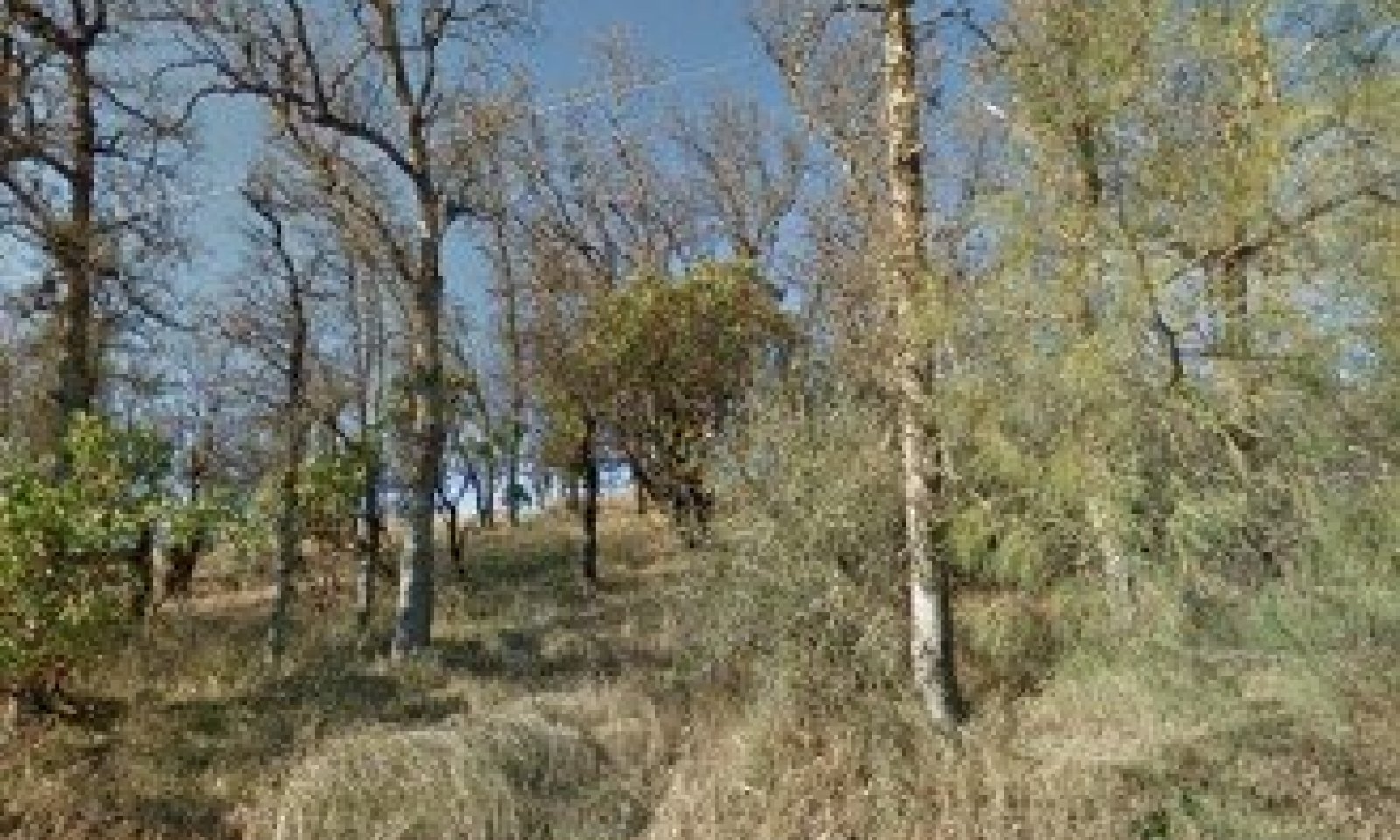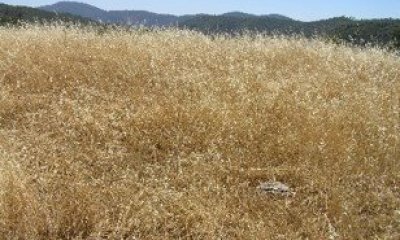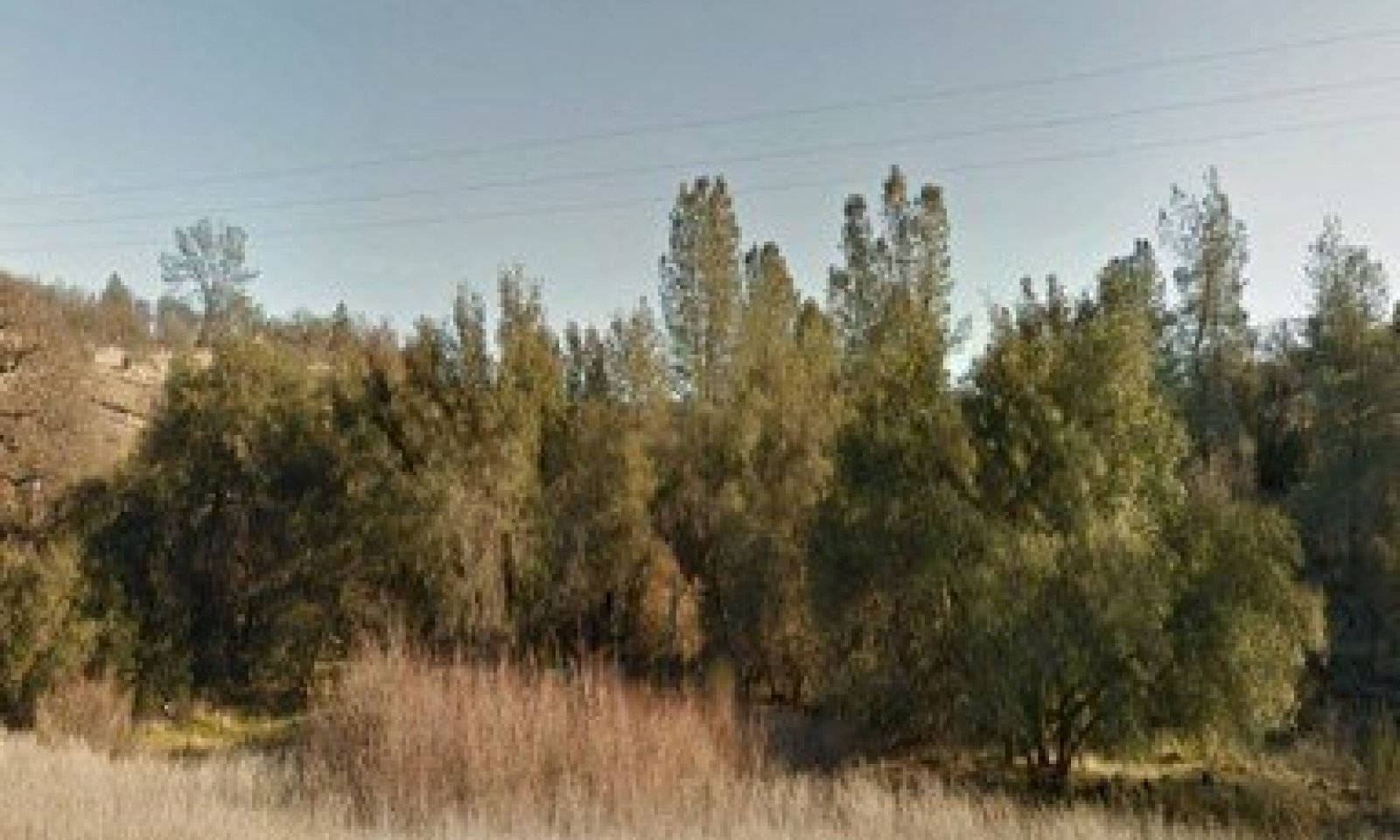
Deep Thermic Hillslopes
Scenario model
Current ecosystem state
Select a state
Management practices/drivers
Select a transition or restoration pathway
- Transition T1.a More details
- Transition T1.b More details
- Restoration pathway R2.a More details
- Transition T2.a More details
- Restoration pathway R3.a More details
-
No transition or restoration pathway between the selected states has been described
Target ecosystem state
Select a state
Submodel
Submodel
Transition T1.a


Mechanism
T1.a This transition occurs after decades of little to no disturbance agents, resulting in a build up of fuels and higher density of live vegetation (especially shrubs). A high severity, stand replacing fire then results in a system dominated by shrubs and other fire-adapted plant species, upon re-vegetating. Shrubs adapted to this system sprout and seed at a much higher rate than the tree component, leading to chaparral dominated systems.
Transition T1.b


Mechanism
T1.b This transition occurs after tree removal and repeated brush management.
Restoration pathway R2.a


Mechanism
R2.a This restoration pathway is possible only through significant inputs of time and labor, including conducting multiple years of brush management, chemical treatments to reduce shrub establishment, followed by planting of oak and foothill pine trees. The shrub management will likely need to continue for several years after tree planting as well, to ensure the success of the trees.
Mechanism
T2.a This transition occurs when continual brush management has successfully removed all shrubs and their seed bank from the site for long enough that annual herbaceous species begin to take competitive advantage of the site resources, creating a threshold to a new state where annuals dominate all ecological functions on the site
Model keys
Briefcase
Add ecological sites and Major Land Resource Areas to your briefcase by clicking on the briefcase (![]() ) icon wherever it occurs. Drag and drop items to reorder. Cookies are used to store briefcase items between browsing sessions. Because of this, the number of items that can be added to your briefcase is limited, and briefcase items added on one device and browser cannot be accessed from another device or browser. Users who do not wish to place cookies on their devices should not use the briefcase tool. Briefcase cookies serve no other purpose than described here and are deleted whenever browsing history is cleared.
) icon wherever it occurs. Drag and drop items to reorder. Cookies are used to store briefcase items between browsing sessions. Because of this, the number of items that can be added to your briefcase is limited, and briefcase items added on one device and browser cannot be accessed from another device or browser. Users who do not wish to place cookies on their devices should not use the briefcase tool. Briefcase cookies serve no other purpose than described here and are deleted whenever browsing history is cleared.
Ecological sites
Major Land Resource Areas
The Ecosystem Dynamics Interpretive Tool is an information system framework developed by the USDA-ARS Jornada Experimental Range, USDA Natural Resources Conservation Service, and New Mexico State University.









